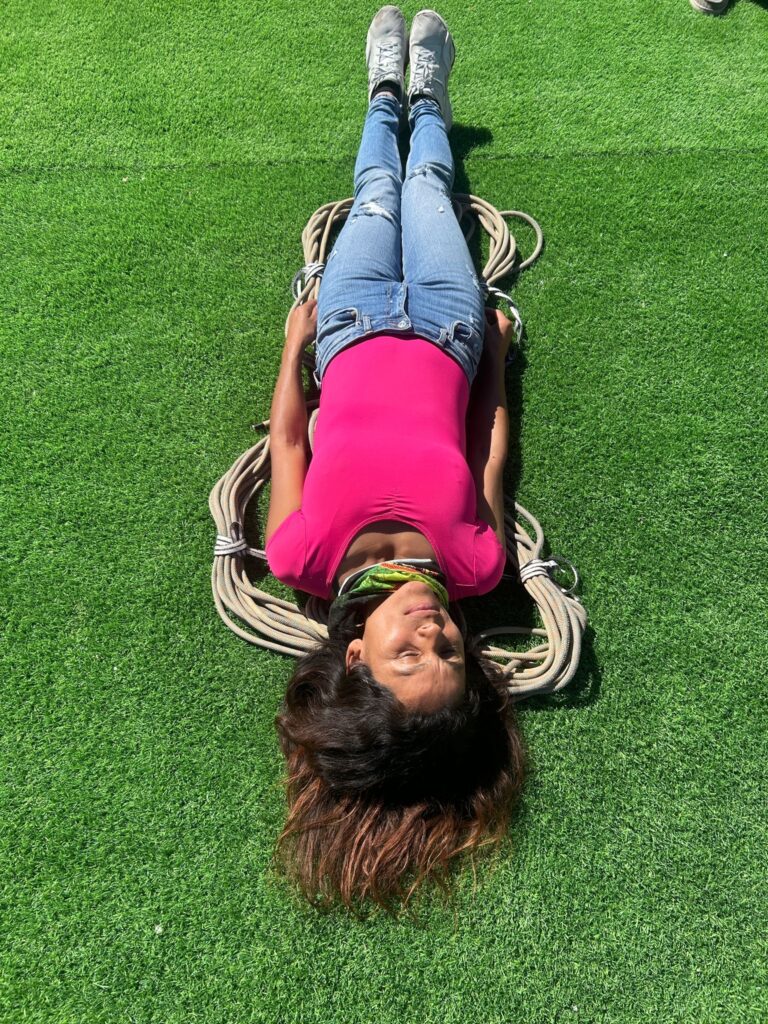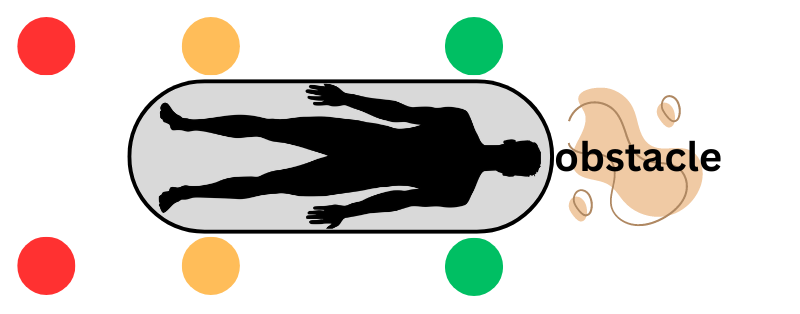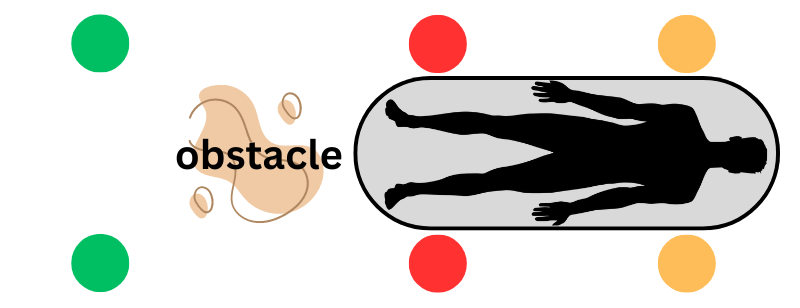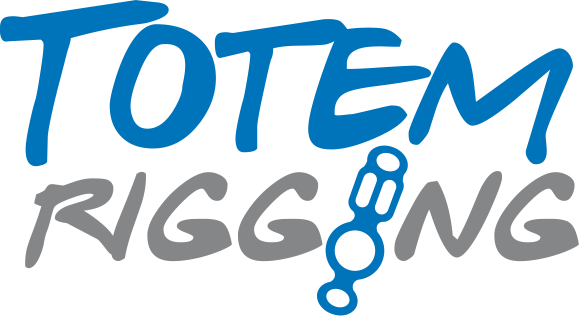In this episode, Rich talks with his guest, long-time friend, Shannon Long. Shannon is a captain with the Henderson Nevada Fire Department, a paramedic and a pro guide with Canyon Guides International.
During a recent trip to Costa Rica there was an accident involving a broken leg in a canyon called Mordor. Shannon happened to be in the group and played a role in the evacuation of the injured person. The group learned that it can be challenging enough to move a patient down vertical problems on rope and floating through pools, but the real physical challenge comes when it is necessary to carry the patient through shallow water and over obstacles such as boulders.
There was no helicopter available for extraction so the team relied on two strong young mules – Tyler Witherell and Tim Rotherham – and ultimately a horse. Sorry, don’t know the horse’s name.
Download your FREE copy of our Competencies Checklist. The checklist is a tool that can provide you with a roadmap of sorts to put you on a more efficient path to learning and becoming a more competent and self-reliant canyoneer.
Improvised Patient Carries
Illustrated in these photos is a patient carry system that involves making a round mountaineer coil with a rope, then splitting the coils to create a “backpack”.
Using the backpack, a patient can be carried by one person or by two. There are pros and cons to each method. One person will tire more quickly, so it will be necessary to rotate carriers frequently. Two people will be able to carry the patient longer distances, but it is more challenging to coordinate movement over obstacles.
With a little modification the backpack can be converted into an improvised stretcher to carry the patient in a prone position. This may be important if the patient needs to be immobilized.
There are other ways to make an improvised stretcher with a rope. They tend to be more complicated and time-consuming to construct. This one is quick and simple.




The "Caterpillar" Technique
This technique can facilitate more efficient movement over obstacles when carrying a patient in a stretcher. It requires at least six people to perform.
- As the group approaches an obstacle, the four people carrying the stretcher (green and yellow) stop, and two people from the back (red) move forward to the far side of the obstacle.
- The head of the stretcher is passed forward to the two people who are now positioned on the far side of the obstacle (red).
- When the stretcher is in the control of four people (red at the head on the far side of the obstacle and green at the feet, still on the near side of the obstacle), the two people who were in the back, previously carrying at the foot of the stretcher (yellow), move forward to the far side of the obstacle and position themselves at the head of the stretcher.
- There are now two new people (green) free to move forward of the next obstacle to repeat the process.
Now can you picture Shannon supervising a group of people caterpillar-ing the sofa around the living room, dining room and kitchen of the house where we were staying?



We would love to hear your feedback ...
- What part of this episode was the most meaningful for you?
- Was there anything confusing about it, or where did you need more information?
- Do you have questions about the episode?
- Do you have a topic suggestion for a future episode?
Follow us in social media

